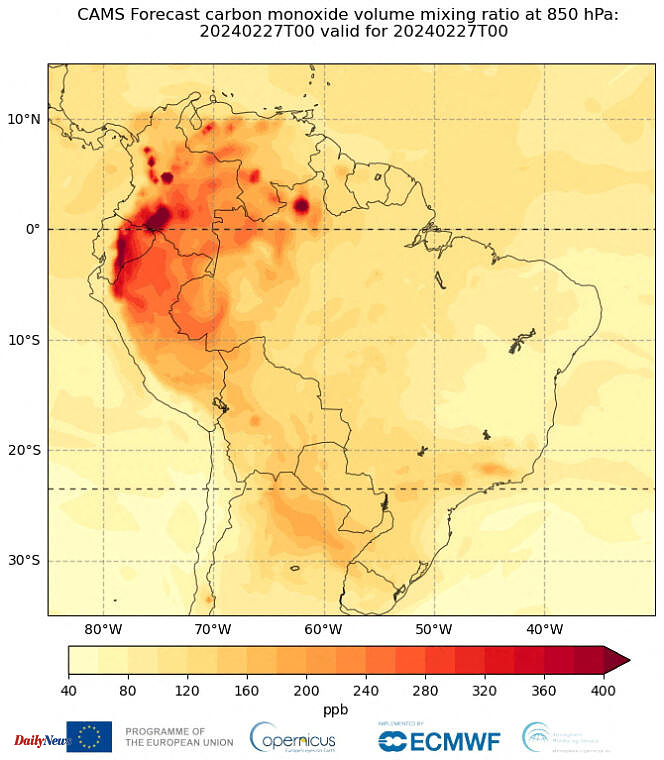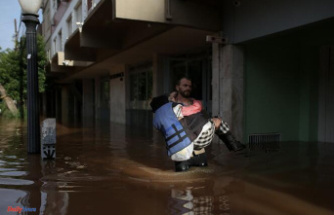Carbon dioxide emissions from forest fires reached a level not seen in at least two decades for the month of February in Brazil, Venezuela and Bolivia, according to data from the European Copernicus service published on Wednesday (February 28).
According to its fire database, which dates back to 2003, estimated emissions for the period up to February 27 were 4.1 megatons (Mt) in Brazil, 5.5 Mt in Venezuela and of 0.3 Mt in Bolivia.
The Amazon region has been in a state of exceptional drought since mid-2023, due to low precipitation and high temperatures, which has created conditions for increased wildfires in the region, Copernicus observes. According to Brazil's National Institute for Space Research, 1,691 fires broke out in the state of Roraima through February, compared to 133 last year.
Increased air pollution
“Many areas of South America have experienced droughts that have contributed to an increase in fire risk, resulting in the fires we have seen,” said Mark Parrington, a scientist at the monitoring the atmosphere of Copernicus.
“Our atmospheric composition forecasts also show that smoke circulation covers a significant area of the region, resulting in increased air pollution in densely populated areas. »
“We have observed an increase in the number of fires and their associated emissions during the peak of the fire season for tropical regions of South America and also further south in Bolivia, in addition to the fires of which there are many discussed in Chile and Argentina earlier in February,” Parrington added.












